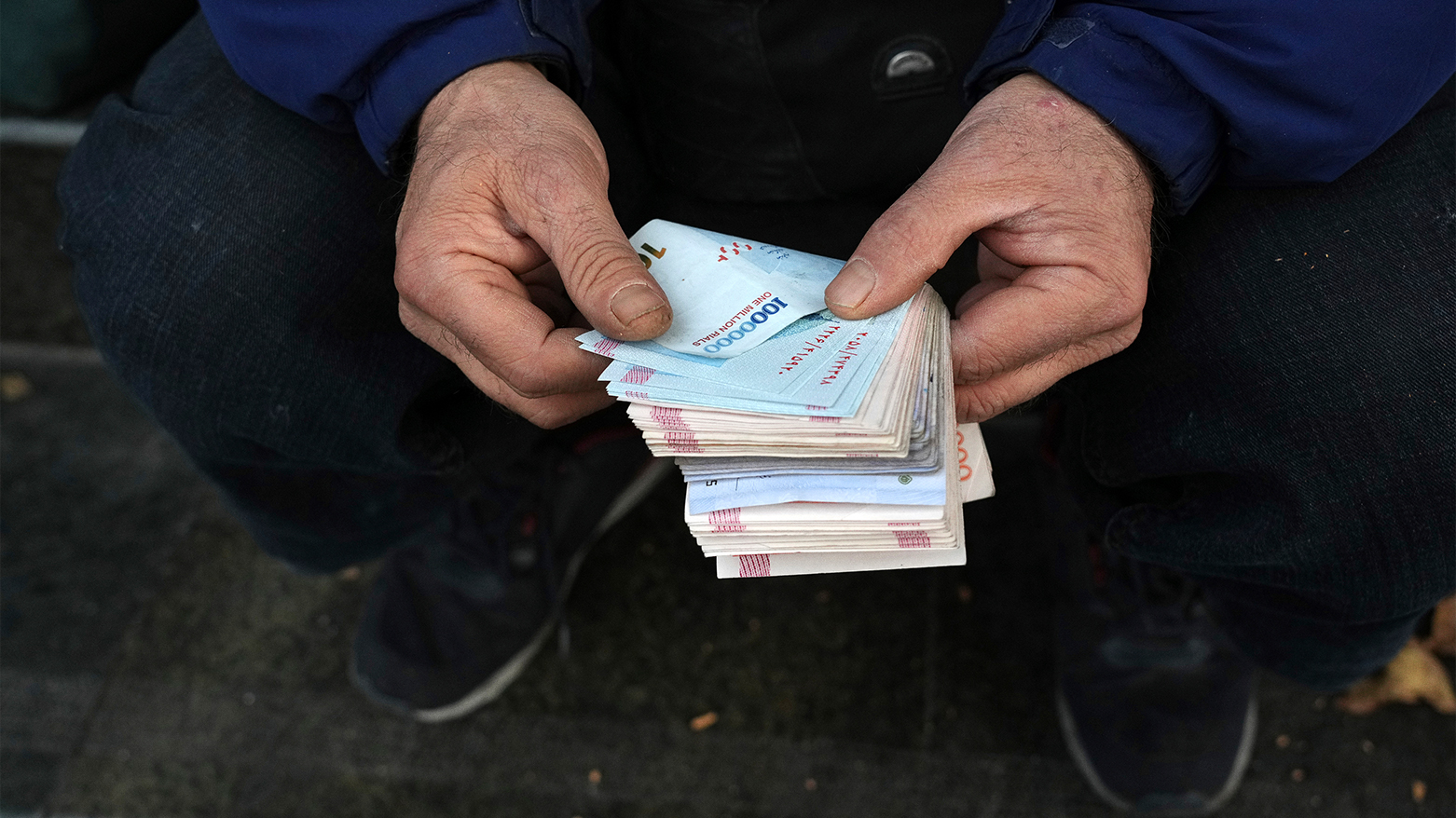Iran Advances Plan to Slash Four Zeros from Rial
Iran's parliament committee approved removing four zeros from the Rial, a move experts cited by Tasnim News Agency warn is merely cosmetic without deep economic reforms to control inflation.

ERBIL (Kurdistan24) — The Iranian Parliament's Economic Committee has approved a long-debated measure to remove four zeros from the national currency, a significant move that supporters believe will simplify transactions but which critics argue will remain a purely cosmetic change without fundamental economic reforms to tackle rampant inflation. According to a report from the IRGC-affiliated Tasnim News Agency, the plan would redefine the country's monetary unit while retaining the name "Rial," setting the stage for a major overhaul of Iran's financial landscape.
In a meeting on Sunday, the parliamentary committee advanced the policy, which has been discussed for years, onto a legal path.
The new resolution stipulates that Iran's national currency unit will be re-denominated by removing four zeros, meaning each new Rial will be equivalent to 10,000 current Rials. This decision overrides a previous government proposal to change the currency's name to "Toman," a term commonly used in daily commerce. Instead, the committee voted to maintain "Rial" as the official name, with the "Qiran" recognized as its subdivision, where 100 Qirans will equal one new Rial.
The policy of removing zeros from the currency is not new to Iran's economic discourse, with Tasnim noting that the issue first entered discussions in the 1990s.
Plans were presented under several different administrations but never reached fruition. The current initiative was formally submitted as a bill by the government in 2019, and after a lengthy legislative process, including reviews to address objections from the Guardian Council, the Parliament's Economic Committee approved the final, revised version on Aug. 3, 2025.
According to Shamseddin Hosseini, the head of the committee, concerns raised by the Guardian Council regarding Iran's obligations to the International Monetary Fund have been resolved, with the reasoning that the basis for foreign exchange commitments will not be affected by the domestic currency change.
The move has been met with a mixture of optimism and skepticism from economic observers, as detailed in the Tasnim report.
Proponents believe the redenomination will deliver psychological and practical benefits, including easing financial calculations and accounting, reducing the high costs associated with printing and maintaining vast quantities of banknotes, and potentially increasing public confidence in the national currency if paired with deeper reforms.
However, a significant number of economists have issued stark warnings. They contend that if the action is not accompanied by robust measures to control inflation and reform the government's financial structure, its effects will be merely superficial and ultimately ineffective, potentially creating public confusion and imposing high implementation costs.
Global experiences with currency redenomination offer cautionary tales.
The report highlighted Türkiye's successful removal of six zeros in 2005, which succeeded because it was implemented alongside policies to control inflation and ensure financial discipline, ultimately stabilizing the currency. In stark contrast, Zimbabwe's repeated attempts to remove zeros between 2006 and 2009 failed completely due to the absence of economic reforms, leading to hyperinflation and the eventual abandonment of its national currency.
Similarly, Argentina's efforts in the 1980s had only a temporary effect as the government failed to control its budget deficit. Economic experts cited by Tasnim emphasize that removing zeros is a necessary, but never sufficient, condition for economic improvement. For Iran, they argue, the policy can only succeed if it is pursued in parallel with firm steps toward ensuring financial discipline, banking transparency, and the institutional independence of the Central Bank.
